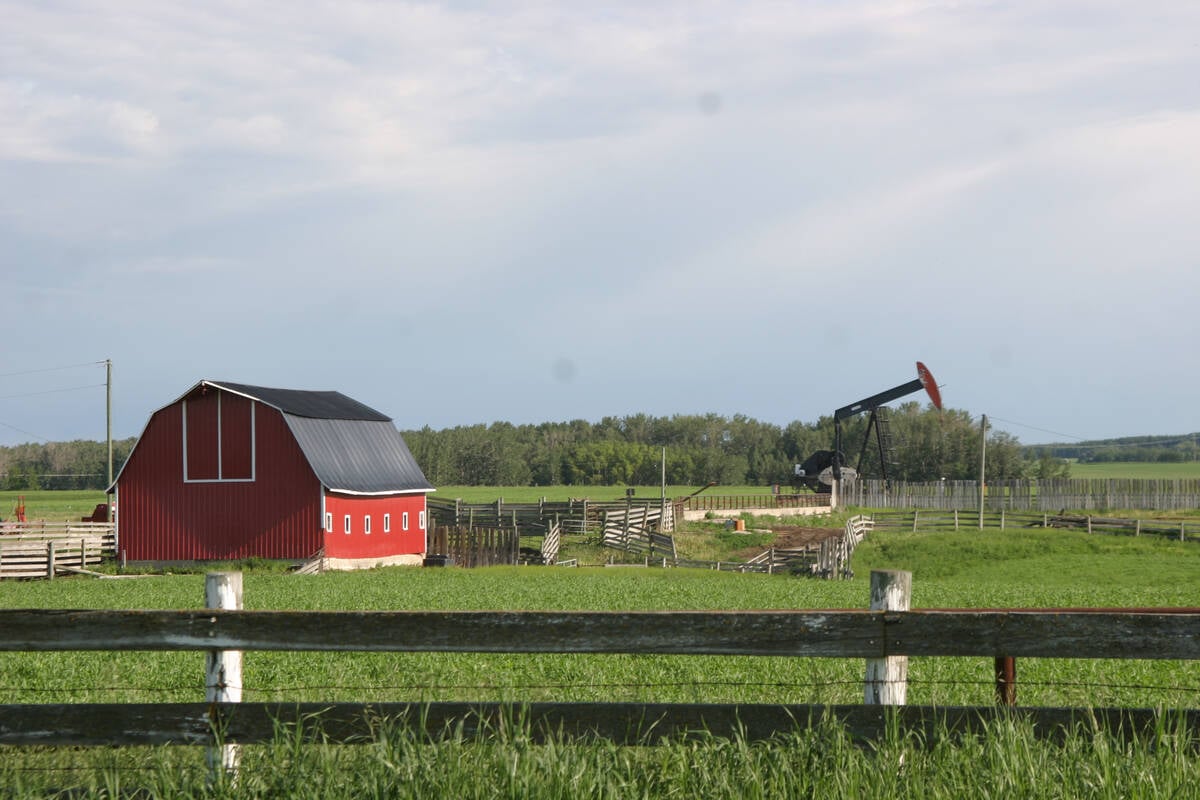Beef prices drop
Fed steer price averages were $3 per hundredweight lower last week while heifers were down $2.50 per cwt.
Canfax said prices were dramatically lower on Dec. 4 with opening bids $4-$5 per cwt. lower. Pressure continued through the week.
This week’s volume was down to a little less than 13,000 head, down 17 percent from the week before.
More July and August yearlings are showing up in the mix.
Prices Dec. 6 were steers $99.25-$103 per cwt., flat rail $168-$169.15 and heifers $101.35-$103, flat rail $168-$170.
Read Also

Producers may see energy price relief in coming months
Energy prices for Prairie farmers should be steady to lower because the world has an adequate supply of crude oil and Western Canada has a surplus of natural gas.
Wholesale beef prices appear to be holding their own, considering that the market is moving into turkey and ham season, said Canfax.
Smaller kills could be a factor, as well as buyers having less supply in the pipeline than usual.
Wholesale beef prices reflect the runup in live fed cattle two weeks ago. The Montreal price is $168-$169 per cwt., up $6. The Calgary market rose $2-$4 with handyweights at $165-$175 per cwt. and heavies at $162-$164.
Hide prices and other rendering products are trading lower.
Canfax said the fed cattle price fall might seem drastic, but prices are still in a strong basis position. Western Canadian prices could slip a couple dollars and still be in a strong position compared to the United States.
U.S. cash trends between now and the end of the year will be important.
Western Canadian prices may not move much from recent levels.
Lots of feeders offered
Feeder trade was mixed on an unseasonally large volume.
Steer averages were 50 cents to $3 per cwt. lower for the week, while heifers were mixed. Heifers 700 lb. and lighter were down between 50 cents and $3 and heavier calves up between 50 cents and $1.75.
Some auctions reported record large one-day volumes.
Most cattle being sold are still from original owners with a larger mix of weaned and preconditioned calves, said Canfax.
Slaughter cows continued to strengthen, rising $1.
Canfax said increased volumes and the pressure on the fed market might stop the three-week-old rally in calf prices. But prices are expected to be mostly steady to the end of the year.
In stock cow trade, mature and medium quality bred cows were $900-$1,200.
Good quality cows brought $1,250-$1,500 with some extremes reported on dispersal sales up to $1,700.
Medium quality bred heifers were $925-$1,250 and good quality bred heifers were $1,250-$1,460. A few cow calf pairs were sold at $1,000-$1,350.
Pork prices up; hogs down
The U.S. pork cutout value rose last week, mainly due to higher wholesale prices for hams, ribs, picnics and butts.
There is only about a week left before the end of the main processing period for hams for Christmas and New Years, so demand for fresh hams is expected to decrease after mid-month, said Manitoba Agriculture.
Usually, higher wholesale loin prices tend to offset lower ham prices at this time of year, but the large hog slaughter could limit loin price increases.
Packers were reluctant to pay more for hogs last week.
The Iowa-Minnesota daily direct hog price (mean, 51-52 percent lean, live equivalent) declined from $35.23 US per cwt. on Dec. 4 to $34.95 on Dec. 6. On average, the hog price was 1.8 percent below the previous week.
The impact of the weaker U.S. hog market on average Manitoba hog prices was partly offset by the effect of producer contracts based on the previous week’s higher U.S. prices.
Average Manitoba hog prices were about 0.4 percent below the previous week’s price.














